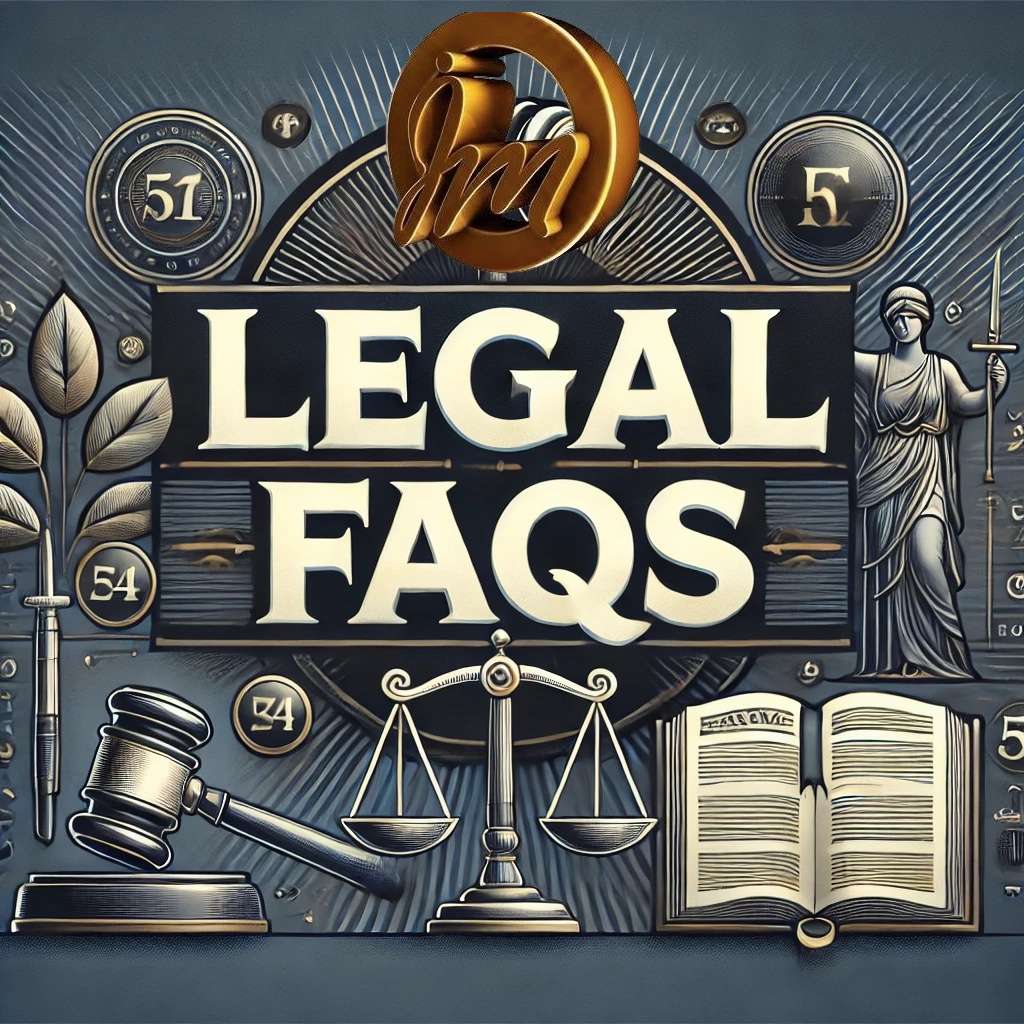The Trademarks Ordinance, 2001, serves as a cornerstone for intellectual property protection in Pakistan. Under Section 40, the Ordinance prohibits trademark infringement, including the unauthorised use of a registered trademark in domain names. A trademark owner can initiate civil proceedings to secure injunctions, claim damages, or demand the transfer of the domain name. Moreover, even in cases where a trademark is unregistered, the common law principle of passing off can be invoked to prevent misuse of the brand and protect its goodwill.
The Pakistan Electronic Crimes Act, 2016 (PECA) adds another layer of protection. Under Section 37, the Pakistan Telecommunication Authority (PTA) is empowered to remove or block online content, including domain names that violate the law or harm the public interest. This mechanism is particularly effective for addressing cases where cybersquatting is accompanied by fraudulent activities or reputational harm. Additionally, Section 43 of PECA deals with unauthorised interference and may apply where cybersquatting involves malicious intent, such as phishing schemes designed to exploit unsuspecting users.
For domain names with international extensions, such as .com, .org, or .net, the Uniform Domain-Name Dispute-Resolution Policy (UDRP), governed by the World Intellectual Property Organization (WIPO), provides an efficient remedy. This global framework allows trademark owners to file a complaint for the transfer or cancellation of a domain name. To succeed under the UDRP, a complainant must establish that the domain was registered in bad faith, lacks a legitimate interest, and infringes on the complainant’s trademark rights. This process is particularly useful for Pakistani entities facing cybersquatting on international platforms.
For .pk domains, Pakistan offers a targeted solution through the PKNIC Dispute Resolution Policy (PDNRP). This mechanism is specifically tailored to address domain name disputes within the .pk country code. Under the PDNRP, complaints can be lodged against domain names that infringe on trademarks, copyrights, or other intellectual property rights. The arbitration panel appointed by PKNIC has the authority to cancel or transfer the infringing domain, providing an efficient resolution for local disputes.
Another powerful recourse is the initiation of civil lawsuits in Pakistan’s Intellectual Property Tribunal. This forum allows victims of cybersquatting to seek injunctive relief, damages, and orders for the transfer of domain names. The courts have shown a willingness to intervene in such cases to protect the rights of businesses and individuals, particularly when evidence of bad faith and infringement is clear.
To combat cybersquatting effectively, victims should take a multi-pronged approach. The first step is to file a complaint with the Pakistan Telecommunication Authority (PTA) or PKNIC, depending on the domain type. Simultaneously, seeking injunctive relief through the Intellectual Property Tribunal can strengthen the claim and prevent ongoing harm. For international domains, pursuing UDRP proceedings is a prudent course of action. It is also vital to ensure proper trademark registration, as it provides a solid legal foundation to challenge infringements.
The legislative and procedural avenues in Pakistan, when used strategically, offer a robust framework to address cybersquatting. However, the challenge lies in enforcement and ensuring that these mechanisms are accessible and effectively implemented. For businesses, registering their trademarks early and monitoring online activity are critical proactive measures. For victims of cybersquatting, swift action and legal expertise are indispensable to safeguard their interests in a digital world that remains rife with opportunistic exploitation.

